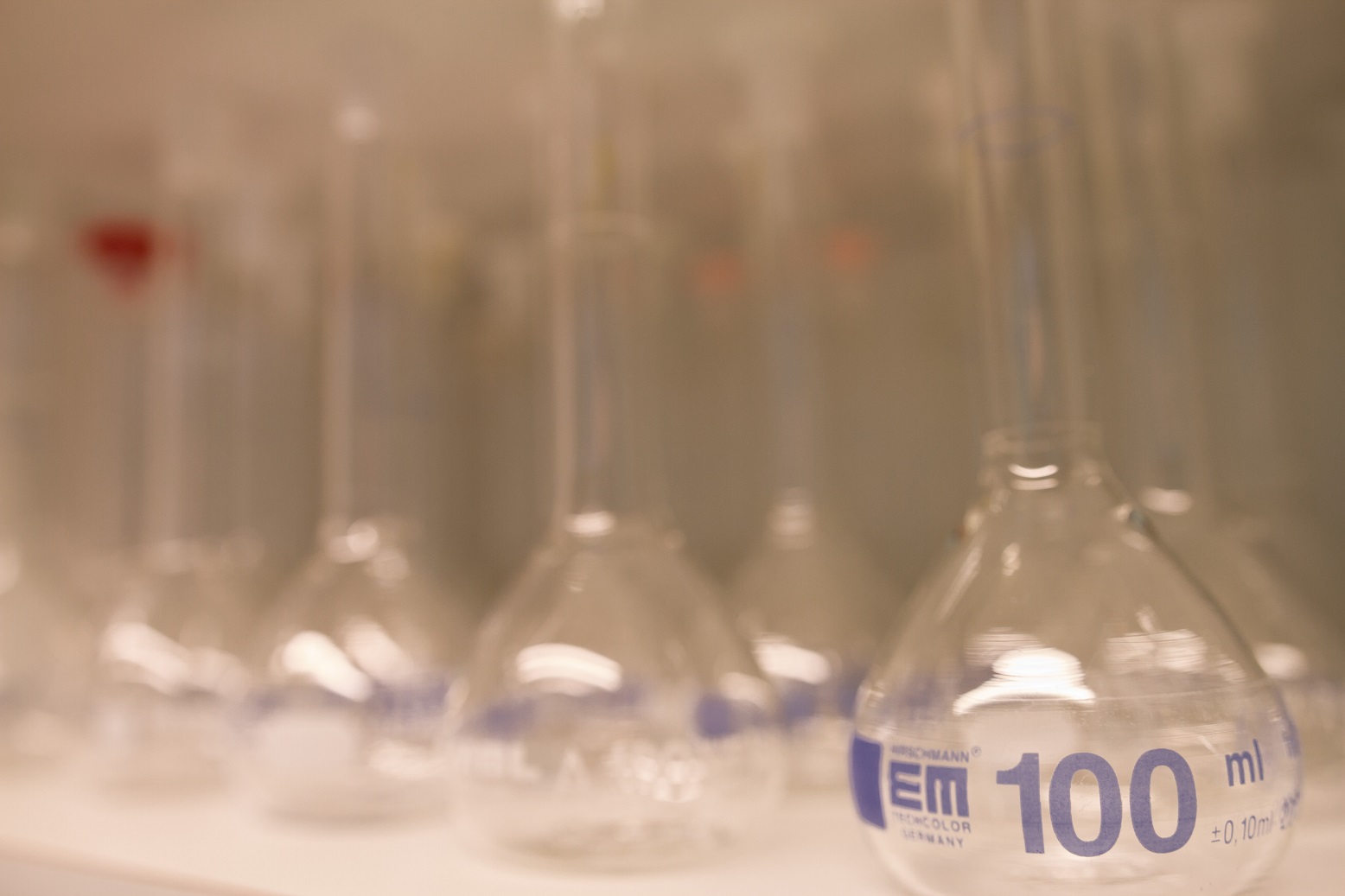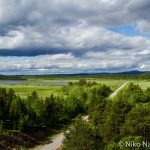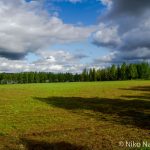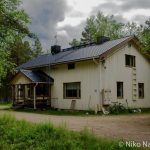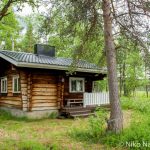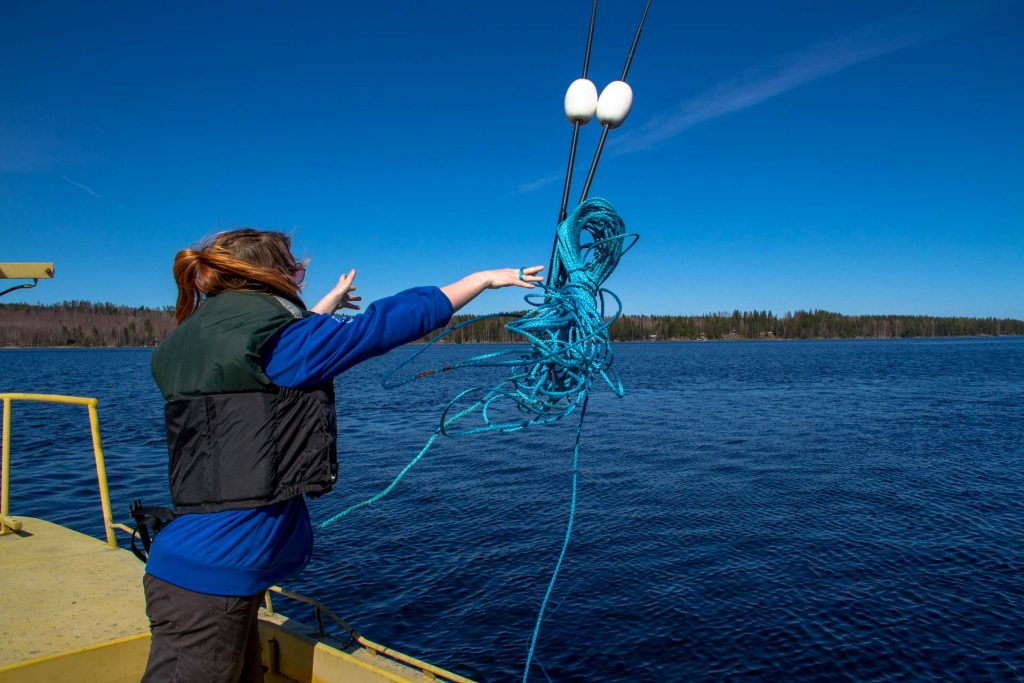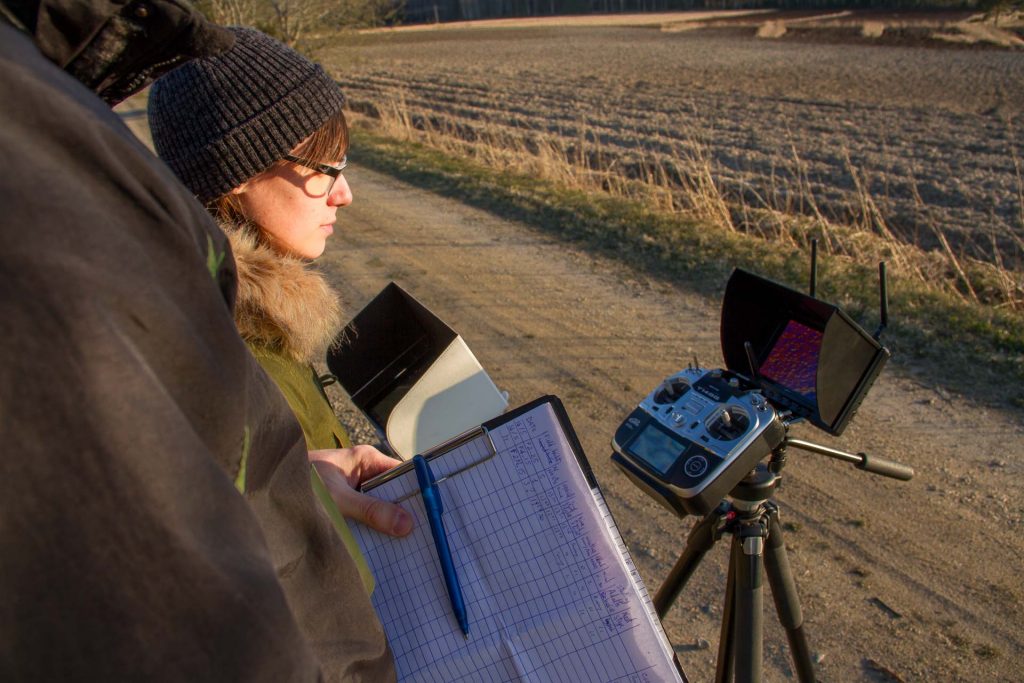In order to introduce mobile data gathering tools, a web browser based visualization service was set up for the stations a few months ago. The service is aimed for any visitor at any of the stations; people can use their mobile devices to record their own nature observations. The observations made are visualized on a map below (fig. 1) in real-time. The idea of this project, besides introducing the tools, is to provide meaningful doing for different groups visiting or staying at the research stations. So far observations have been made by staff, researchers, different courses and sudden visitors.
Fig. 1. The mobile nature observations visualized on a map. A green marker means a positive observation and a red marker means a negative observation.
We used Open Data Kit –tools for data gathering and Google’s services in visualizing the data. All the tools used work seamlessly hand in hand. All the necessary tools have been installed and are available at the stations. Mobile data gathering tools can be used for example both in research and teaching purposes.
Using mobile devices for data gathering has some advantages against traditional field forms. With digital mobile forms, all kinds of data can be gathered simultaneously with one device. Besides of numeric data it’s also possible to record co-ordinates, take photos, record sound etc. With ready-made digital forms and pre-formatted answers to choose from, errors in writing down the data can be minimized. One big advantage is also that the data is sent directly to the server (or a spreadsheet) from the field. The forms work also off-line, which is very important in field conditions, also in a technologically advanced country like Finland there are numerous areas with no mobile data connection available.
Contact Lammi Biological Station for more information on the tools available. The nature observation system is at your disposal if you visit any of the five HiLIFE-stations.
There are also co-operation between Lammi Biological Station and some teachers around Finland. The idea is to use the mobile observation tools in school projects and public science projects.
